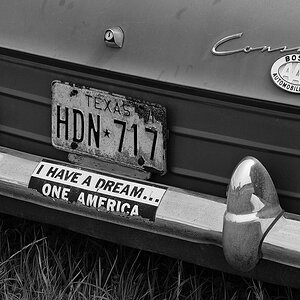PaulWog
No longer a newbie, moving up!
- Joined
- Jun 17, 2013
- Messages
- 1,153
- Reaction score
- 188
- Location
- Canada
- Can others edit my Photos
- Photos NOT OK to edit
Called in to the two camera store chains in my area. One doesn't have any in stock and doesn't know when they'll arrive (they have some on order). The other has one Canon mount in stock, and the Nikons are on order to come in. I was told by both stores that whatever stock they'll have coming in will sell out basically immediately, and that there's a big back-order problem with Sigma right now.
Should I just start asking people with the Tamron 150-600 how they like that lens, to determine if I'll like the Sigma 150-600?
Should I just start asking people with the Tamron 150-600 how they like that lens, to determine if I'll like the Sigma 150-600?






![[No title]](/data/xfmg/thumbnail/37/37136-40f690dc7da693c09d7c99c3782954b8.jpg?1619737884)

![[No title]](/data/xfmg/thumbnail/34/34072-be456691237ae73cb2936416e2e9e8c0.jpg?1619736266)


![[No title]](/data/xfmg/thumbnail/34/34069-7b423c5bb5d324f4d924cf839cc122b3.jpg?1619736265)

